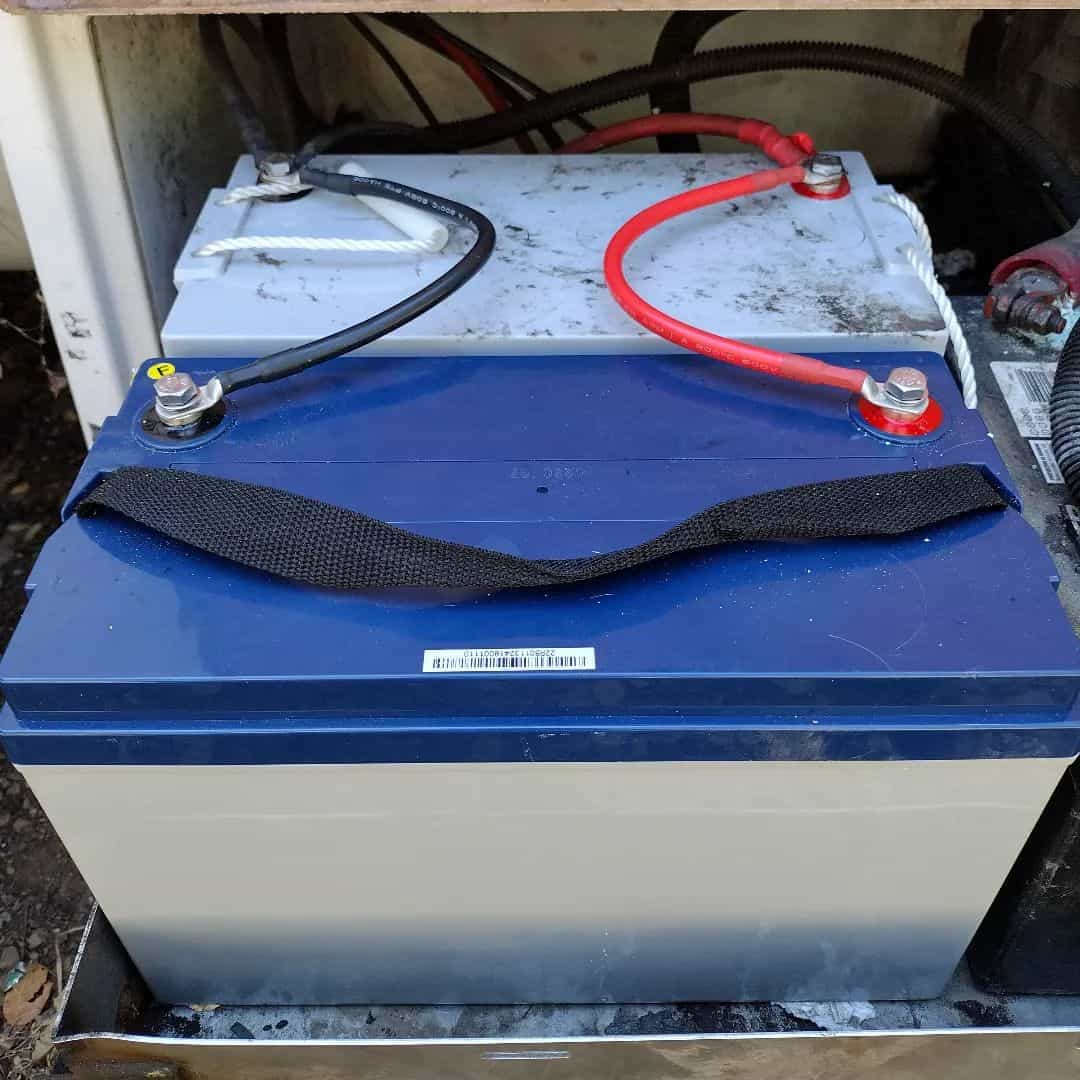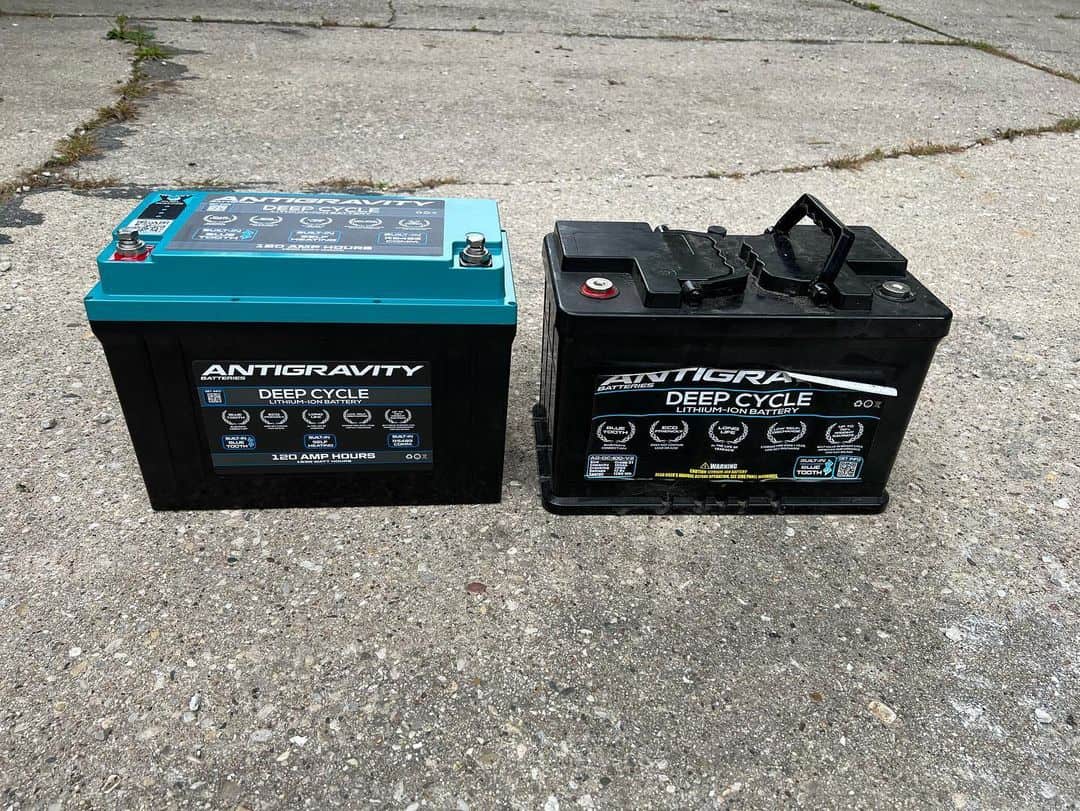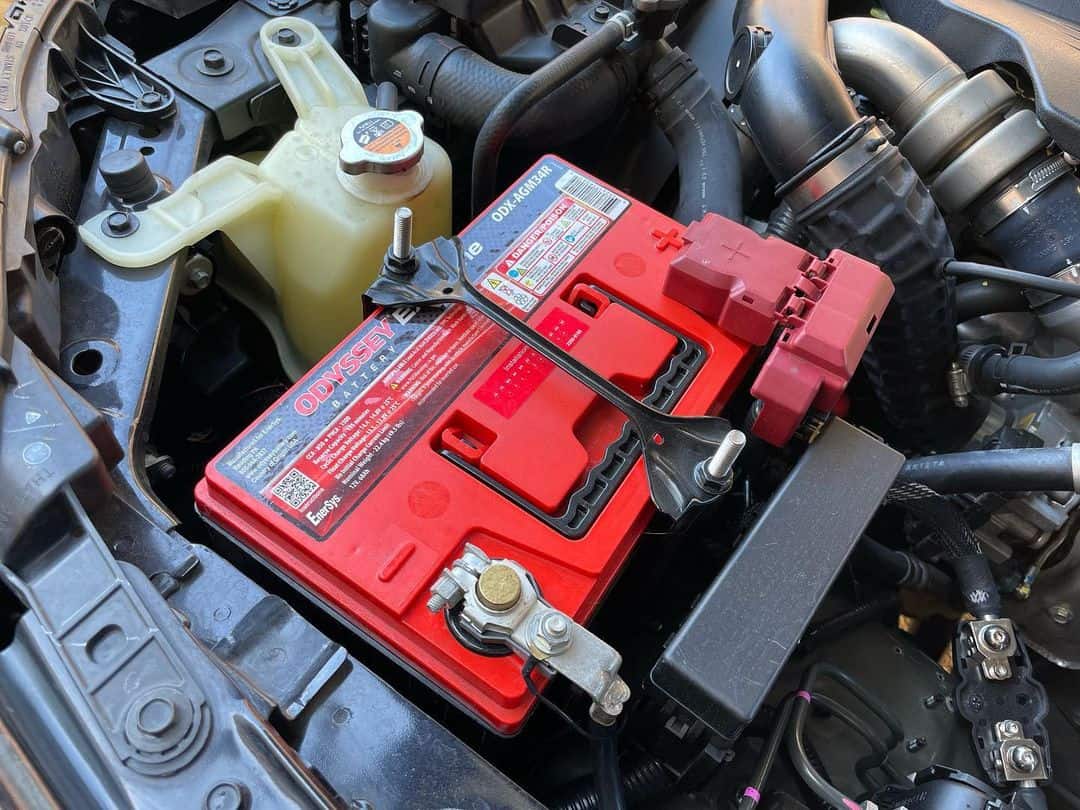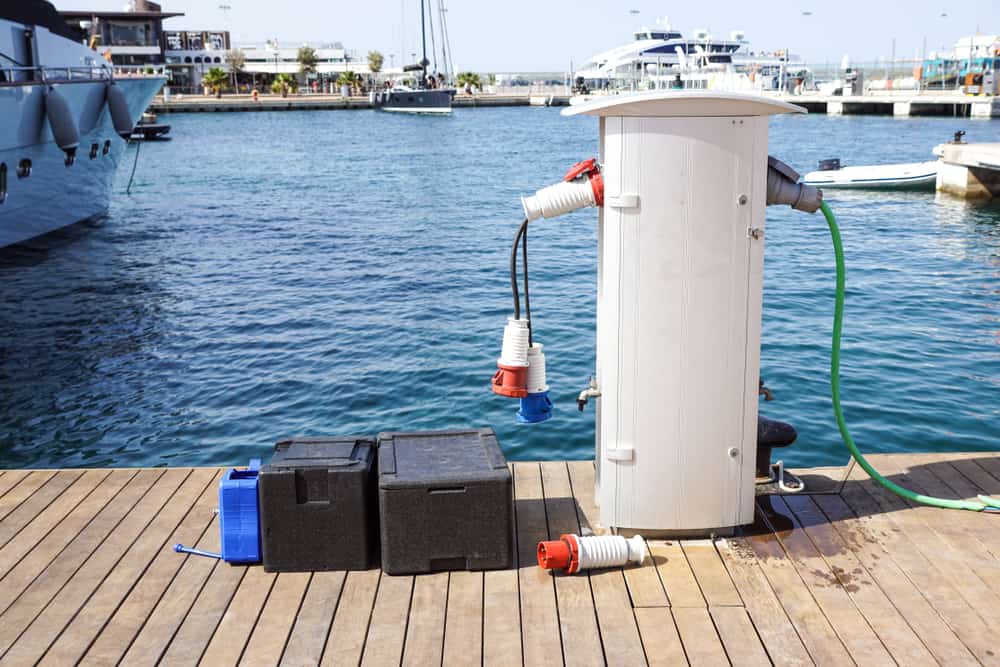The design and use of deep cycle batteries are different from starter batteries in many ways, and therefore their maintenance and charging are different as well.
In this article, we will not only tell you how to charge them and show you the best maintenance for deep-cycle batteries. We’ll also explain what they are, how they work, and in what cases you need one of these batteries.
Only then will you know why maintenance and charging are different from what you usually have with the car batteries that we all know.
Are you ready to know everything you need to know about deep-cycle batteries?
Table of Contents
Battery Types
Batteries come in two types. A battery is classified as either an application battery, which is distinguished by its function or a construction battery, which is classified by its chemistry and construction.
Batteries by application
- Starting Batteries: The most common batteries in this category are starting batteries, used by cars to start and power electrical functions such as air conditioning, the o, or the ts. Batteries of this type are known for providing large amounts of energy for short periods. It is what the engine needs to start correctly.
- Deep cycle batteries: These batteries are for recreational vehicles and boats. The difference is that deep cycle batteries can be discharged up to 90% and will not suffer any damage to your structure, as happens with starter batteries. Battery with a 65 amp A full charge will give 300 to 600 in 3 to 5 seconds, and it is recommended that it be charged no less than 50%. Whereas a 65 amp deep cycle battery will give 3 amps of constant power over 10 hours. We’ll go into more detail later on why deep-cycle batteries must be discharged almost to capacity.
- Marine batteries: Marine batteries are a hybrid between starting batteries and deep cycle batteries. They have the same composition and system as a starter battery but their internal plates are made of a heavier lead sponge than those found in starter batteries. We must warn you that you are not always sure of what you are getting with a marine battery. Marine batteries that work as deep cycle batteries are classified as AC, CCA, or MCA. But even if you see cold cranking amps or marine amps batteries in the store, you won’t be sure since commercially the word “deep cycle” is used incorrectly only for marketing purposes.
Batteries by construction
- Lead-acid batteries: Lead-acid batteries are mainly used for starter motors. These batteries are not sealed and can leak and spill. The gases they emit are unhealthy and are very sensitive to vibration or shock, considerably compromising their performance. There are improved gel-cell batteries that can avoid leaking.
- AGM batteries: AGM batteries are a new sealed battery technology made up of glass mats absorbed between the plates. The liquids of this battery are gelled, so they do not present leaks or corrosion. Gel batteries won’t spill liquid even if the battery breaks. Thanks to its safety, we recommend this type of battery when looking for a deep-cycle battery.
How do you charge deep-cycle batteries?

To make good use of our deep-cycle batteries, they need to be charged correctly. You need to understand how these batteries are made regardless of the design or the different elements they have.
Unlike regular batteries, deep-cycle batteries can be fully discharged and recharged to full capacity without sustaining significant damage.
The same is not the case with a starter battery. A conventional battery will be affected if it falls below 50% of its charge repeatedly. These batteries are designed to always stay charged while the car engine is running.
Deep-cycle batteries, however, are designed to start at full capacity and remain at full capacity for 50 to 80% of the time.
Here the opposite happens. If you do not use the deep cycle battery for a long time and do not spend at least half of its capacity, then you could damage it if you do it repeatedly.
Do not use a small percentage of its capacity, that is, do not take 5-minute boat trips, and try to use its full capacity during a day of fishing.
Temperature
We must understand how batteries react to different climates and temperatures. If we talk about places where the temperature is very cold, even below freezing point, you should know that your batteries will last less time in icy places.
Batteries will need more charging volts per cell if you are in cold temperatures.
Everything happens in quality temperatures, the batteries will work without a problem and you will not have any inconveniences when starting your vehicle or boat.
But if the temperature rises in intensity and you face hot climates, the battery runs the risk of overheating and losing its useful lifetime. The limit of a battery is 77 degrees Fahrenheit. For every 15 degrees more battery life is cut in half.
That is why it is so necessary to have temperature compensation in the battery charger. And if your batteries are exposed to the weather, then it is important to have a charge controller.
We recommend doing some in-depth research on which charger to buy as the market offers charge controls with built-in temperature compensation.
Battery Charge
If you want to charge a deep cycle battery, use a float charger instead of a trickle charger. A trickle charger will charge your battery at full rate, while a float charger charges the battery in three stages.
- Bulk Load. Current is sent at maximum speed until the batteries reach 80 or 90% of their capacity.
- Absorption charge. The voltage remains the same but the current gradually decreases until 95% capacity is reached.
- Floating charge. It is also called float voltage. In this stage, the voltage and current are reduced to the minimum until 100% is reached.
This helps the battery have a depth of discharge but is restored to full charge without overcharging. Some battery manufacturers claim that their batteries can be charged more quickly, however, care must be taken because it could produce heated liquid electrolytes and bubbles.
The voltage and charging currents

The most popular type of battery on the market, flooded batteries, shouldn’t be charged over C/8. Some battery manufacturers claim that their batteries can be charged more quickly, however, care must be taken because it could produce heated liquid electrolytes and bubbles.
It is important that the batteries bubble to ensure a full charge and a good mixture of the electrolyte levels, but if you overcharge you will cause liquid and gas leaks.
The maximum charge for an AH battery or gell-cell battery should not exceed 20/C or 5% of its capacity.
If you charge your battery at 15 volts, you will have a charge at 100% capacity, but once each cell has exceeded 2,500 volts the charge must stop or reduce slowly to charge properly and avoid overheating.
It is important to take into account the aging of the battery. As time goes by, your battery will need a longer charging time or a higher amperage to charge the remaining 10% of the battery in the final stage.
Tips for good battery performance

- Your battery plates mustn’t be exposed, as you should water the batteries after a charging session is complete. Older batteries will need longer to be watered.
- Ensure that the water level in the batteries is the same after each charge. If not, add water and cover the battery cells.
- Remember that when we talk about water, we are not referring to ordinary tap water. You should always use distilled or deionized water.
- You should never add acid to a battery, just in case the liquid has leaked and you need to replace it.
- If you have more than two batteries and decide to make a parallel connection, you must remember that the two batteries must be of the same type, size, and manufacturer. They must even be the same age. If you put batteries with different life spans together, the older ones will suffer the consequences and will quickly fail.
- You should charge new batteries to the maximum and then equalize them. In that way, you can take a hydrometer reading. Not all batteries have the same acid strength, so this reading will serve as a reference for the future.
Conclusion
Deep Cycle batteries are not normal batteries. We need to understand how they work, what to use them for, and how we can charge them effectively and extend their lifetime.
We hope that the advice in this article helped you to have a complete vision of its operation and how to maximize its capacity and performance.
